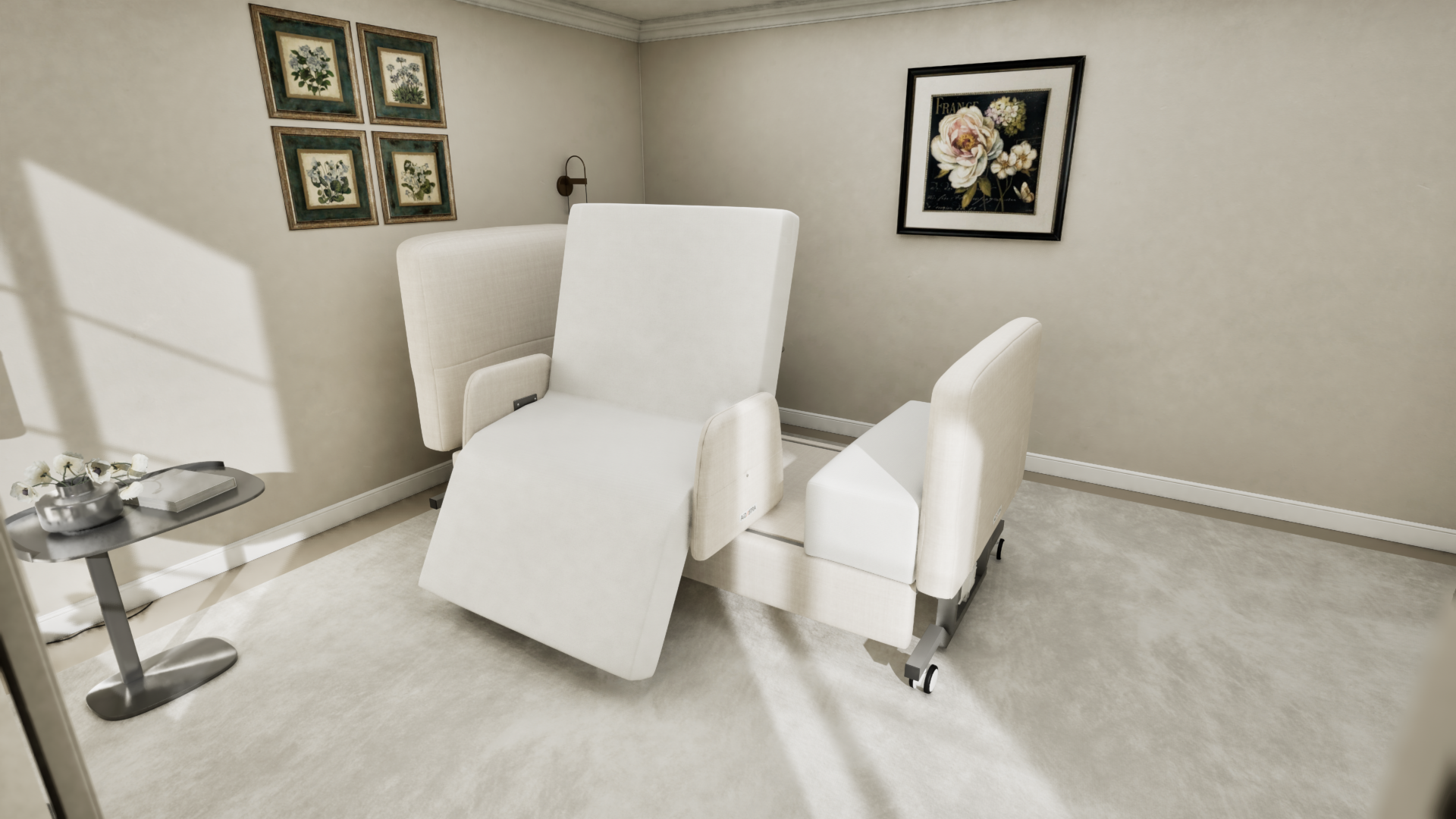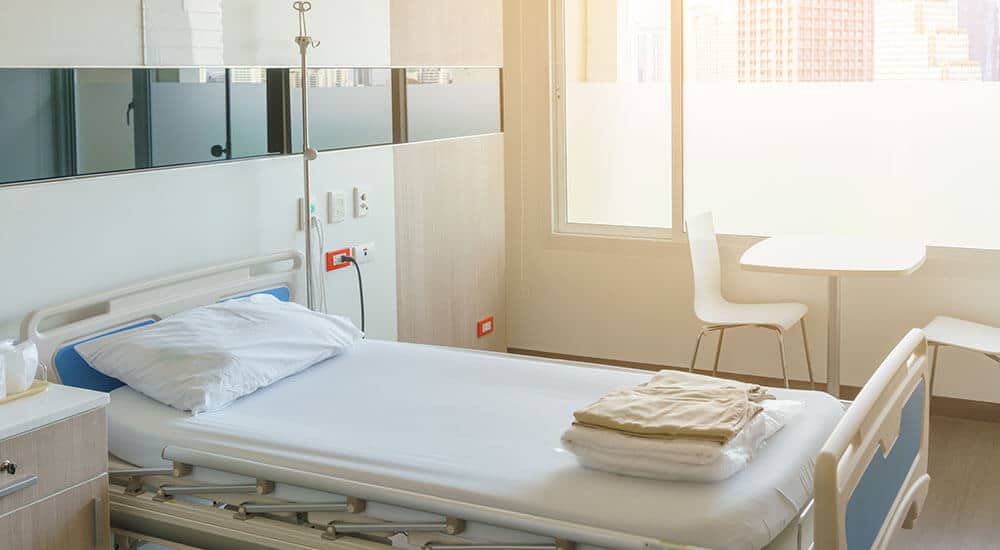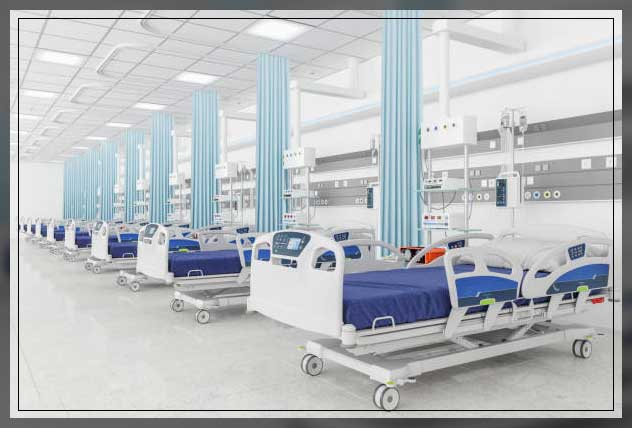Our Hospital Beds For Home Use Diaries
Not known Facts About Hospital Beds For Home Use
Table of ContentsAll About Hospital Beds For Home UseFascination About Hospital Beds For Home UseHow Hospital Beds For Home Use can Save You Time, Stress, and Money.Examine This Report on Hospital Beds For Home UseSome Known Incorrect Statements About Hospital Beds For Home Use Getting My Hospital Beds For Home Use To WorkThe smart Trick of Hospital Beds For Home Use That Nobody is Discussing
There are three major kinds of health center beds: handbook, semi-electric, and fully-electric. These beds make use of hand cranks to adjust the bed's elevation and raise and reduce the head and the foot.
Semi-electric beds have an electric motor to increase and decrease the head and foot parts of the bed (hospital beds for home use). Full-electric beds have an electric motor that can increase the head and foot sections of the bed as well as the entire height and positioning of the bed.
What Does Hospital Beds For Home Use Mean?
There are several kinds of medical facility beds, each designed to satisfy specific individual needs. Below are some common kinds: This is the most usual type of hospital bed, made for general clinical use.
Reduced to the ground than a common bed. This sort of bed is made for larger people, with a larger structure and higher weight ability than a common bed. This kind of bed is made specifically for youngsters, with smaller sized sizes than a common bed. Special functions such as complete size side rails and animation style.
This sort of bed is made for critically ill patients who require open tracking and specialized clinical tools such as ventilators and mixture pumps. This kind of bed is designed for use during labor and shipment, with adjustable settings and functions to sustain the mommy and child during the birth process.
The Single Strategy To Use For Hospital Beds For Home Use
Multiple feature and the accessories execute increasing traction to various parts of the vertebra and the extremities without relocating the human body. These are just a couple of instances of the kinds of hospital beds readily available. The details kind of bed utilized will rely on the person's problem, clinical needs, and other elements.
Here is things you require to understand. A one-function healthcare facility bed is a clinical bed that enables a client to move only the head or foot area up or down. A 2 feature health center bed usually refers to a kind of medical bed that has two flexible functions to help people in medical facilities or care centers.

Hospital Beds For Home Use for Dummies
A 7-function ICU bed is a sort of clinical bed that provides several adjustable functions to support seriously ill individuals in a critical care unit (ICU) (hospital beds for home use). The 7 features typically include: Backrest adjustment: The backrest can be adjusted to various angles to help the client sit up or lie down conveniently
Height modification: The bed can be increased or reduced to make it much easier for people to obtain in and out of bed, and for caretakers to supply treatment. Trendelenburg placement: The whole bed can be slanted to advertise blood flow and flow in the body. Reverse Trendelenburg like it setting: The bed can likewise be tilted in the opposite direction to advertise blood circulation and flow in the top body.
1. What Size is a Hospital Bed? 2. Just how much Does a Hospital Bed Expense? 3. Why Do Health Center Beds Have Side Bed Rails? 4. What Are The Main Hospital Bed Components?. While even more cost effective than electrical designs, these beds call for physical initiative for changes. The primary advantages of hand-operated beds are their price and dependability, as they don't depend on electrical power. The requirement for hand-operated initiative can be a restriction in scenarios where quick adjustments are needed or where caregivers face physical challenges.
The 8-Second Trick For Hospital Beds For Home Use
Semi-electric hospital beds supply an equilibrium of handbook and electrical controls. These beds supply a suitable center ground between handbook and fully electric choices, offering simplicity of use without the complete price of electrical versions.
Semi-electric beds are appropriate for individuals who need modest adjustments to the head and foot areas however can take care of without frequent height changes. This makes them an affordable remedy for those looking for comfort and benefit without the need for continuous repositioning. Totally electric medical facility beds feature electrical controls for seamless modifications to the elevation, head, and foot sections.
Specialty health center beds, such as ICU beds, lasting care beds, and bariatric beds, are carefully made to attend to certain clinical requirements. These beds use customized treatment for varied individual groups, improving both outcomes and convenience. In the complying with areas, we will check out the primary sorts of specialty healthcare facility beds, describing their certain benefits and applications.
With years of experience in manufacturing electric straight actuators - check my reference hospital beds for home use and close collaboration with the healthcare sector, TiMOTION is well-positioned to offer trusted health care options. Our vertically incorporated company manages every action of the production procedure, from layout to actuator assembly, guaranteeing we deliver phenomenal worth and customized solutions tailored to your particular demands
Facts About Hospital Beds For Home Use Uncovered

For more information concerning integrating these modern technologies into your products, call us today. Additional reading:.
Data is sourced from the Medicare Cost Report.

The Of Hospital Beds For Home Use
A medical facility bed is a bed created specifically for medical purposes. It is not only a location for individuals to relax, but likewise a system for medical operations. Unlike average home beds, healthcare facility beds Check This Out normally have flexible features, which can assist in medical team to make numerous adjustments according to the demands of patients, such as transforming the height, inclination, and support angle of the back and legs of the bed.